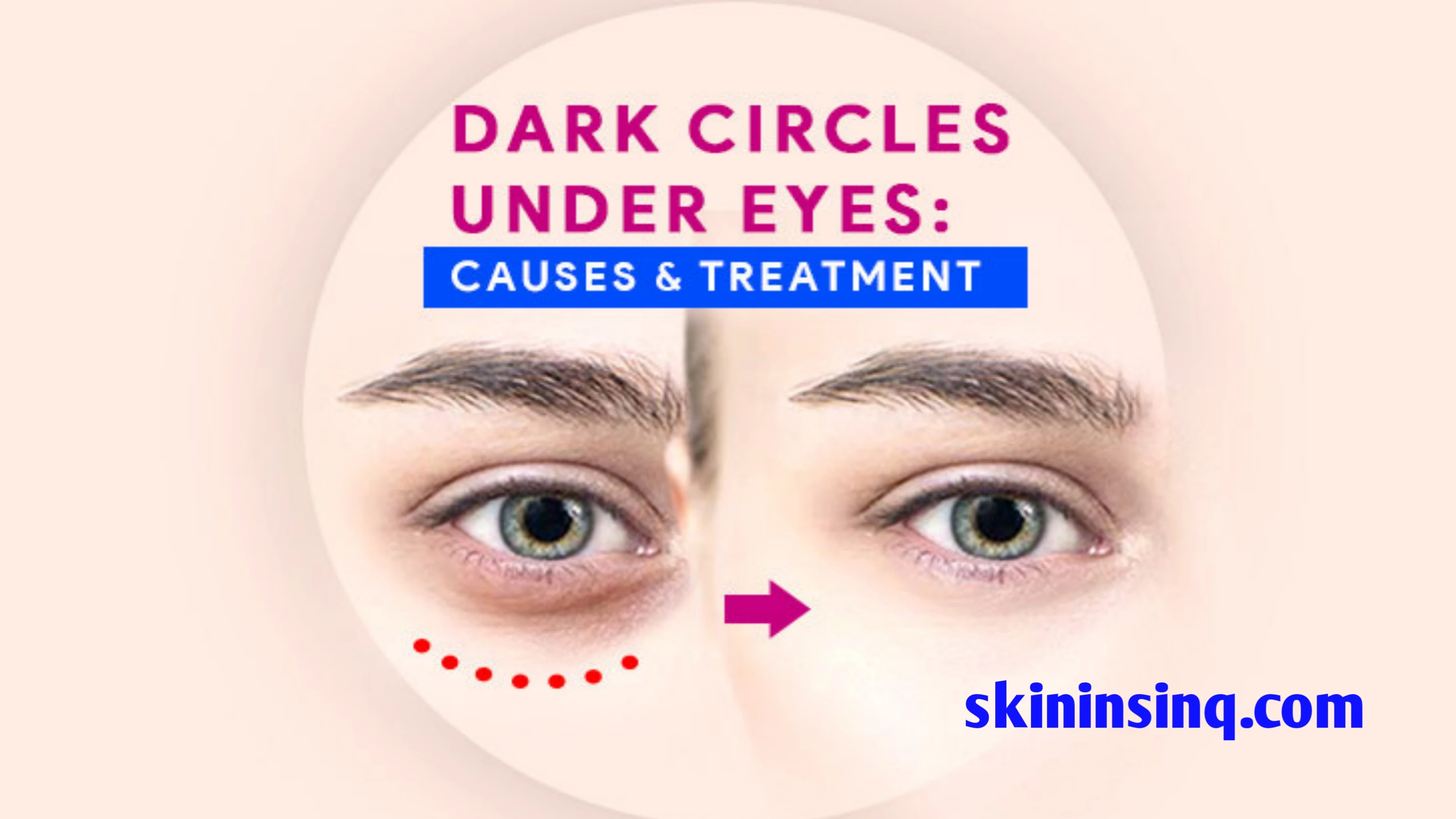What Causes Dark Circles Under the Eyes? Exploring Common Triggers and Underlying Factors
What Causes Dark Circles Under the Eyes? Exploring Common Triggers and Underlying Factors
Dark circles under the eyes are a common cosmetic concern that can make a person appear tired, stressed, or older than they are. While they are usually harmless, understanding the causes behind these shadowy under-eye patches is the first step to treating and preventing them effectively.
1. Genetics and Skin Tone
One of the most significant contributors to dark circles is genetics. If your family members have them, you’re more likely to develop them too. People with fair or thin skin often show blood vessels more easily beneath the surface, making the under-eye area appear bluish or purplish. Additionally, those with darker skin tones may experience hyperpigmentation due to increased melanin in the under-eye area.
2. Lack of Sleep
Sleep deprivation or poor-quality sleep can cause the skin to appear dull and pale, making underlying blood vessels more noticeable. It can also lead to fluid retention, which causes puffiness and shadows that resemble dark circles. Getting 7–9 hours of restful sleep each night is crucial for healthy-looking skin.
3. Aging and Thinning Skin
As we age, the skin naturally becomes thinner and loses fat and collagen, which are essential for maintaining skin elasticity and volume. This thinning can make blood vessels and dark tissues beneath the eyes more visible, leading to the appearance of dark circles. The aging process also contributes to hollowness under the eyes, creating shadows.
4. Eye Strain and Screen Time
Staring at digital screens for extended periods can cause eye strain, leading to enlarged blood vessels around the eyes. This can result in increased darkness in the under-eye area. Taking regular breaks from screens and practicing the 20-20-20 rule (looking at something 20 feet away for 20 seconds every 20 minutes) can help reduce strain.
5. Allergies and Sinus Issues
Allergic reactions can trigger the release of histamines, which may cause blood vessels to dilate and become more visible. Rubbing the eyes due to itchiness can also worsen the problem, leading to inflammation, swelling, and even broken capillaries that darken the area. Similarly, chronic sinus congestion can affect circulation under the eyes.
6. Dehydration and Poor Circulation
Not drinking enough water can cause the skin under the eyes to look dull and sunken, emphasizing shadows and darkness. Poor blood circulation can also contribute to the pooling of blood in under-eye vessels, making the area appear darker.
7. Sun Exposure and Pigmentation
Excessive sun exposure can prompt your body to produce more melanin, the pigment that gives skin its color. This can lead to pigmentation buildup under the eyes, especially in people prone to melasma or post-inflammatory hyperpigmentation.
Conclusion
Dark circles can be caused by a combination of lifestyle, environmental, and genetic factors. Identifying the root cause is essential for effective treatment—whether it involves improving sleep, managing allergies, staying hydrated, or using targeted skincare products with ingredients like vitamin C, retinol, or caffeine. Consulting a dermatologist can also help in developing a personalized plan to minimize or eliminate dark circles over time.

Related Blog
What Causes Oily Skin and Can It Be Managed Naturally? Exploring Root Causes and Gentle Solutions
Aug 2, 2025 by Admin
General
What Are the Signs That You Have Sensitive Skin? Key Symptoms to Help You Identify This Delicate Skin Type
Aug 1, 2025 by Admin
General